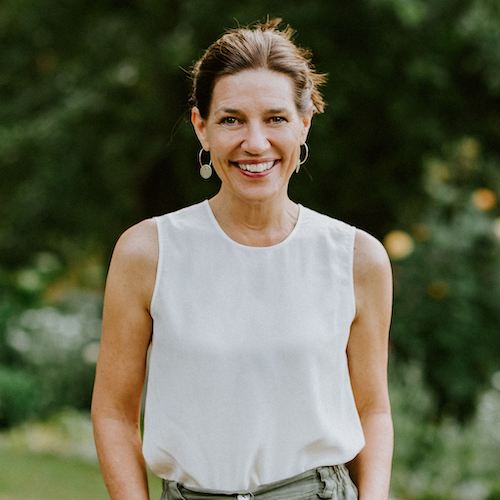
When we start doubting ourselves, we often look outwardly and measure how well we’re doing against another person’s idea of success. We forget that the answer to the question, “What makes a life well-lived?” can be found within. Genuine confidence comes from discovering what’s right for you.
For me, the best way to do this is to revisit my strengths, my values, my vision and to reconnect with my life purpose.
Each of these exercises requires a time commitment that is free of distraction, they’re best done when you can devote at least one full day. In an ideal world, you might even plan a weekend away as a mini-retreat to work through these steps.
Here’s how these exercises assist in developing self-awareness and building your confidence.
1. Reflect on how far you’ve come
Because of the negative bias of the brain, we often forget about or downplay our achievements to date. We remember negative experiences more easily and negate the small achievements that mark the beginning points of significant change.
For me, one of those milestones (which I’ve written about before here) was writing my first newsletter. It’s years ago now, but it signified the first and in some ways, the most nerve-wracking step, of putting my writing out into the world. Hitting ‘send’ on an article that went to a dozen people may not sound like much of a challenge, but when you have a dream to one day write a book, as I did, it’s daunting. Writing was the one thing I didn’t want to fail at.
Reflect on the past five or ten years (or longer if you can spare the time) and for each year of your life, try to remember one or two positive events and milestones. Remember even the smallest achievements, particularly those brave moments where you pushed outside your comfort zone.
2. Build on your strengths
One of my strengths is creativity. Despite the fact that I use this strength every day in the way I think and work, in order to feel truly energised and inspired I need to always have a new project on the horizon. It also helps if I express my creativity in different, more innovative ways from time to time.
As well as understanding what energises you, knowing your top strengths and weaknesses helps you to accept yourself for who you are. It’s not imperative that you’re good at everything. Rather than being solely focused on improving your shortcomings, recognise that your unique collection of personal characteristics and qualities is what makes you, you.
Take the VIA survey now to discover your top strengths. Choose one strength that you enjoy using and think about specific action steps you can take to engage that strength in the coming week.
3. Make room for your weaknesses
According to another strengths test I use with clients, one of my weaknesses is attention to detail. I found it helpful to see this in black and white. Instead of being self-critical of minor mistakes, I now remind myself that my big-picture strengths balance this weakness.
I know it’s sometimes more effective to outsource detailed tasks to people who are stronger in this area, but I also give myself the time to pay close attention to detail when it’s critically important. The key to building confidence is to observe our weaknesses in a mindful, non-judgemental way.
For me this means using humour and giving myself permission to be less than perfect in this area (amongst others!).
Which of your weaknesses can you outsource? Is there something you can do to help overcome a weakness you need to use? Can you treat yourself more kindly when you make a mistake?
4. Live according to your values
My most important value is inner harmony. Like all of us, I’m most content when life is flowing smoothly, but I also acknowledge I’m less comfortable with conflict than some people.
When I identified this top value many years ago, it made me less critical of myself for walking away from conflict-ridden workplaces.
It also serves as a reminder that I need practise self-compassion when there’s disharmony around me. I need to remember not to over-think things, to make time for self-care and to give myself permission to spend time alone to recharge.
Spend an hour or two defining your values. Choose one of the values where your score is a little lower and commit to a couple of action steps you can take that will improve your alignment to that value.
5. Know your purpose
As I wrote in a recent article, How to live your purpose today, finding how to live with purpose can be as simple as exploring, “How can you use your gifts to make a difference every day, doing what you do right now?”.
It also helps to create plans for the future that feel meaningful and inspiring to you. We sometimes get swept along on a career path or life trajectory that isn’t really right for us and it’s often only when something goes wrong that we stop to reflect.
Take some time to write out your vision for the next five years. Write in the present tense, as though you’re immersed in your version of an ideal life. Sit with your vision for a week or so to see if it resonates and modify the elements that don’t feel right.

